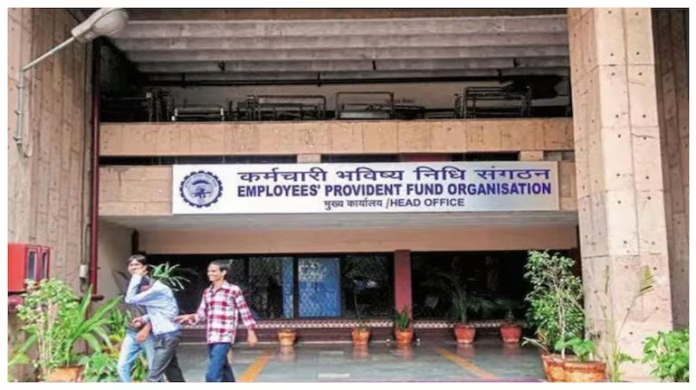NEW DELHI: In a major step toward improving access to provident fund savings, the Employees’ Provident Fund Organisation (EPFO) has revamped its partial withdrawal rules. The new framework consolidates 13 separate and often confusing provisions into just three broad categories- Essential Needs, Housing Needs, and Special Circumstances.
Earlier, members had to navigate multiple eligibility conditions and withdrawal limits under different clauses, leading to delays and confusion. The latest reform aims to make the process faster and transparent for its 30 crore members with a total corpus of around Rs 30 lakh crore.
One of the biggest changes under EPFO 3.0 is the standardisation in withdrawal limits. Members can now withdraw up to 100 percent of their eligible provident fund balance, including both employee and employer contributions, depending on the purpose.
However, to ensure a safety net for retirement, the EPFO has introduced a minimum balance requirement, which is, at least 25 percent of the EPF balance must remain in the account. In other words, members can now withdraw up to 75 percent of their EPF corpus while maintaining the mandatory minimum balance.
The service requirement has also been standardised. Earlier eligibility rules varied for each withdrawal. For example, members needed at least seven years of service for marriage-related withdrawals and five years for housing-related ones. Under the new rules, the minimum service period is uniformly set at 12 months for all types of partial withdrawals.
In a major relaxation, the “Special Circumstances” category now allows members to withdraw without providing any specific reason. Earlier, withdrawals under this head required documentary proof, such as for natural calamities, unemployment, or other emergencies. This change is expected to significantly reduce procedural delays.
Further, the limit on education and marriage-related withdrawals has been enhanced. Members can now withdraw up to 10 times for education and five times for marriage, compared to just three total withdrawals earlier.
The timeline for premature final settlement and pension withdrawal has also been revised. Members can now apply for final PF settlement only after 12 months of leaving employment, and pension withdrawal after 36 months, compared to the earlier two-month window. This has actually made the settlement rules more stringent compared to the previous window of 2 months.
The 25 percent minimum balance provision, however, only applies to withdrawals and not for premature final settlement in case of a job loss.
While the change may align with the long-term vision of promoting financial security, it comes at a time when layoffs have become more frequent across sectors. Many employees facing prolonged unemployment may now find it harder to access their PF savings quickly.
Recent months have seen a spike in layoffs across India’s IT and fintech sectors, highlighting the growing vulnerability of salaried workers who may depend on PF access during job loss. For instance, Tata Consultancy Services (TCS), one of the country’s largest employers, has confirmed cuts of nearly 20,000 jobs in a single quarter.
EPFO has focused on improving the ease through standardisation of withdrawal rules. The new framework envisions auto-settlement of partial withdrawal claims. The process will be integrated with EPFO’s digital systems, ensuring faster disbursal and minimal manual intervention.

